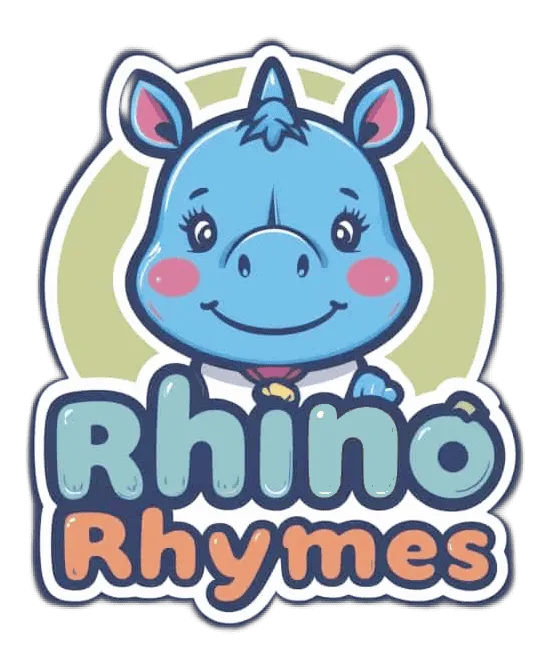“Jack and Jill” is one of the most recognizable and beloved nursery rhymes in the English-speaking world. Its origins date back to the 18th century, although some theories suggest it may be even older. This rhyme has captivated children and adults alike with its simple yet intriguing story of two characters who venture up a hill to fetch water, only to encounter a series of mishaps.
History of “Jack and Jill”
The earliest known publication of “Jack and Jill” was in John Newbery’s Mother Goose’s Melody around 1765 in London. However, the language and rhymes used, such as “water” rhyming with “after,” suggest that it might have originated earlier, possibly in the 17th century. Initially, the rhyme was known as “Jack and Gill,” with “Gill” being a boy’s name, and it featured two boys rather than a boy and a girl.
Over time, the spelling evolved to “Jill,” and additional verses were added to the rhyme. The most commonly used melody today was composed by James William Elliott in 1870. Before that, Charles Burney published an earlier version as a round in 1777, but it did not gain widespread popularity.
The Words of the Nursery Rhyme
The most familiar version of “Jack and Jill” goes as follows:
Jack and Jill went up the hill
To fetch a pail of water.
Jack fell down and broke his crown,
And Jill came tumbling after.
Up Jack got and home did trot,
As fast as he could caper;
Went to bed to mend his head
With vinegar and brown paper.
Jill came in and she did grin
To see his paper plaster;
Mother, vex’d, did whip her next
For causing Jack's disaster.Interpretations and Theories
Despite its widespread popularity, the exact origins and meaning of “Jack and Jill” remain unclear. Several theories have been proposed:
- Historical Events: Some believe it refers to the executions of Richard Empson and Edmund Dudley in 1510 or to King Charles I’s attempt to reduce the volume of a “jack” (1/8 pint) while maintaining the tax.
- French Connection: Another theory links the rhyme to the French Revolution, with Jack representing King Louis XVI and Jill representing Marie Antoinette, both of whom were beheaded during the Reign of Terror.
- Local Legends: A local legend in Somerset suggests that the rhyme is based on a tragic event involving a couple expecting a child. Jack was killed by a boulder on a hill, and Jill died shortly after childbirth. The surname Gilson is common in the area, supposedly derived from their son.
- Norse Mythology: Reverend Sabine Baring-Gould proposed a connection to Norse mythology, suggesting that Jack and Jill were inspired by the children Hjuki and Bil, who were taken by the moon while drawing water.
Cultural Significance
“Jack and Jill” has become a cultural icon, symbolizing the generic boy and girl pair, as seen in the proverb “Every Jack must have his Jill,” which was referenced in Shakespeare’s plays. The rhyme’s use of vinegar and brown paper as a remedy for Jack’s injury reflects a common home cure of the time.
“Jack and Jill” is a timeless nursery rhyme that has captured hearts with its simple yet captivating story. Its origins may be shrouded in mystery, but its impact on popular culture is undeniable. Whether seen as a reflection of historical events or simply a tale of childhood mishaps, “Jack and Jill” continues to fascinate and entertain audiences around the world.
If you enjoyed this article, why not check out our other nursery rhyme articles such as Mary, Mary quite contrary.

